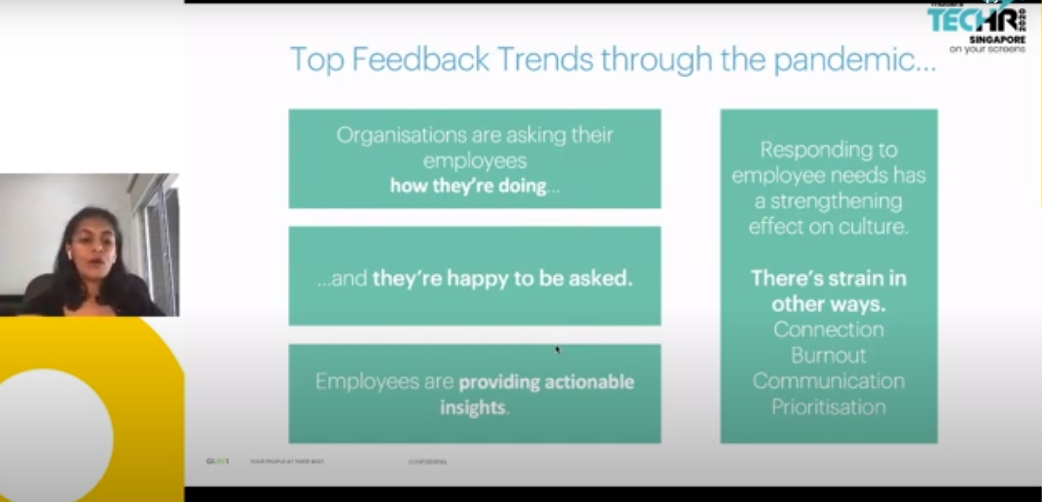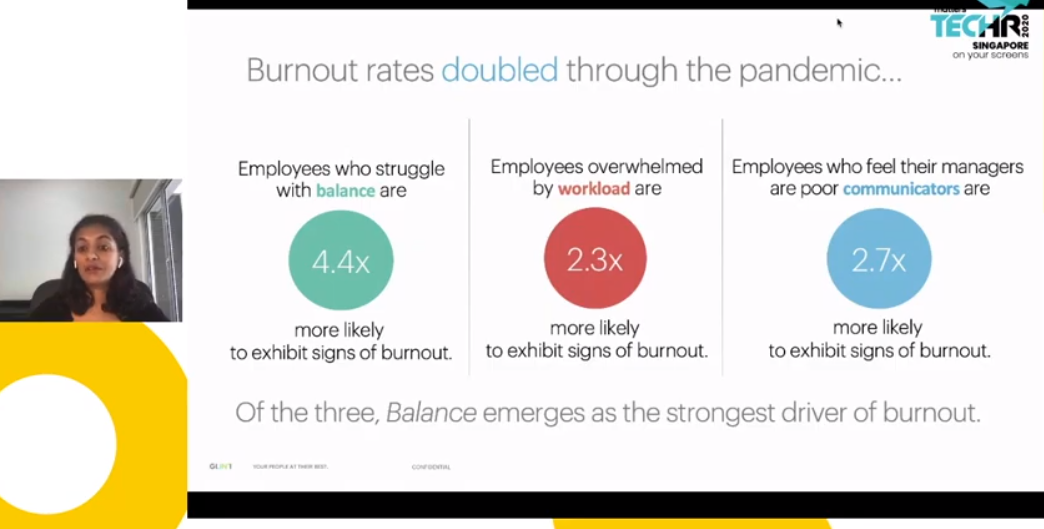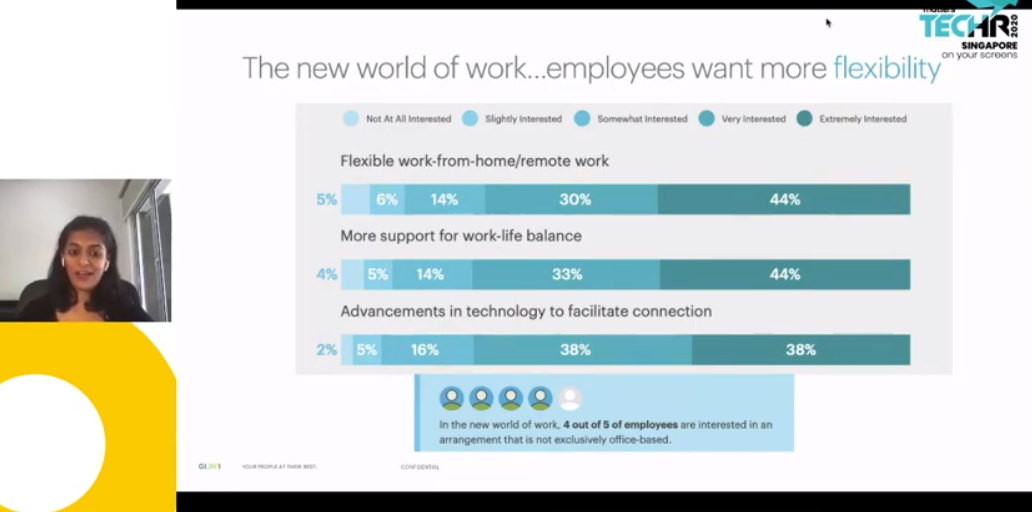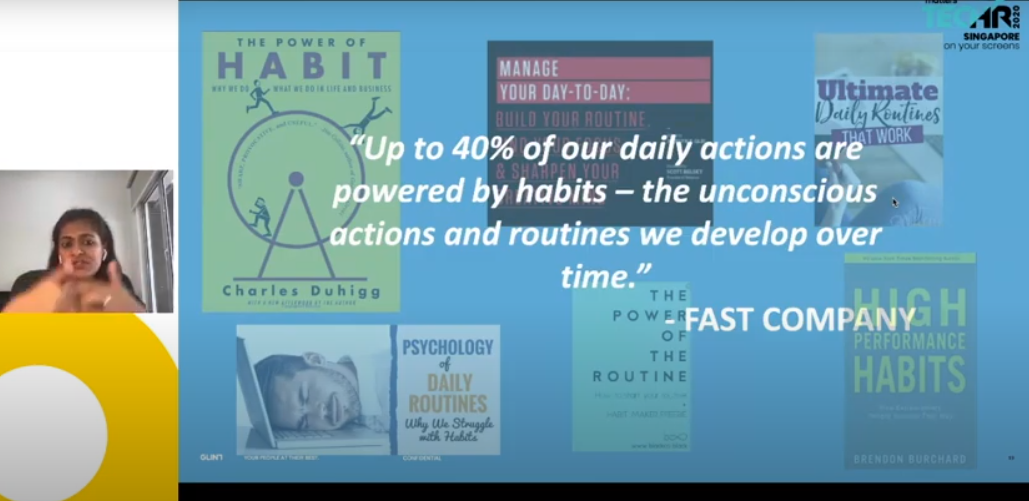Reimagining employee experience strategies post-pandemic

In the last six months of the pandemic, the need for employees to feel heard, supported, and committed has been more than ever before. The key challenge for talent leaders has been maximizing people’s engagement and productivity in a time of a pandemic. Hence, in recent times the use of data and people analytics has seen a sudden boom, as leaders seek to get the pulse of the workforce.
Amrita Prasad, Head of Business Development, APAC, Glint, in her keynote at People Matters TechHR 2020 said, “The pandemic nudged the leaders to go out there and use innovative methods to communicate with their employees to collect two way feedback.”
Further based on their experience, Glint has found that contrary to what might be popular belief, organizations that went out and took feedback regularly in the last six months, received positive feedback from their employees. However, it was not surprising as there was some self-selection bias in this drive. Amrita shared that it was because those companies that were asking for feedback were also putting efforts to make their employees feel cared for.

“In fact we found the last six months to be a real opportunity to enhance belonging and pride in the organization,” added Amrita.
In adversities, lies opportunities to strengthen culture.
Applying the rules of CX to EX: Addressing the negative feedback
Gauging the customer experience and seeking customer feedback gives the company to remedy the situation and build brand loyalty. Depending on how the service provider responds to the negative feedback, they get an advocate for their brand in that customer. Employee experience is no different.
In these recent months, there have been some common themes that have emerged from the regular communication. While belonging and pride were some of the aspects employees have been positive about, burnout and pay have been areas employees most negative about.
Burnout: The major employee concern
Glint found out that burnout rate has doubled through this pandemic as employees struggled with work-life balance and got overwhelmed with the workload. Lack of effective communication from their leaders was another reason for increased burnout. For leaders it is extremely critical to address these issues before things go more out of hand. To ensure business continuity retaining top talent will be key for leaders. It is now or never. 
“Pay attention and identify what are going to be the biggest red flags to watch out for, as you all think about the strategies for the new normal of work,” said Amrita.
Building connections in a hybrid work structure
Looking ahead, focus on connections, a major casualty of the pandemic. Face to face conversations have reduced a great deal and the situation is probably going to stay the same way in the near future. For organizations which are now switching to physical/virtual hybrid work structures, it is essential to relook at communication strategies. Leaders and employees all alike have to be trained to have more effective and regular conversations with each other and their peers.
The mode may change but the intent and the passion to have conversations should be kept alive.
The future of work will be more flexible
While flexible workforce and workplace were already emerging before the pandemic, the new reality of work has further accelerated the need for more flexibility at work. 
Four out of five employees, as per Glint, no longer wish to work from a physical space of work or ‘office’. The culture of work from anywhere and flexibility is probably here to stay.
No matter what kind of organization you are from and which work structure you follow, there will be some common elements that will determine a sustainable future for your business. Communication, trust, role clarity, and well-being are some of the things business and talent leaders have to focus on amid and beyond the COVID-19 era. As Amrita said, these are the tenants which are going to help leaders navigate through the crisis. If you wonder, how can you improve? Here are some good habits that you must assess and refresh:
- Feedback
- Conversations
- Goals
- Progress

Making continuous feedback a core part of the company culture and building a rhythm of continuous conversations around goals and progress can help leaders support their people today and prepare them for tomorrow.
















